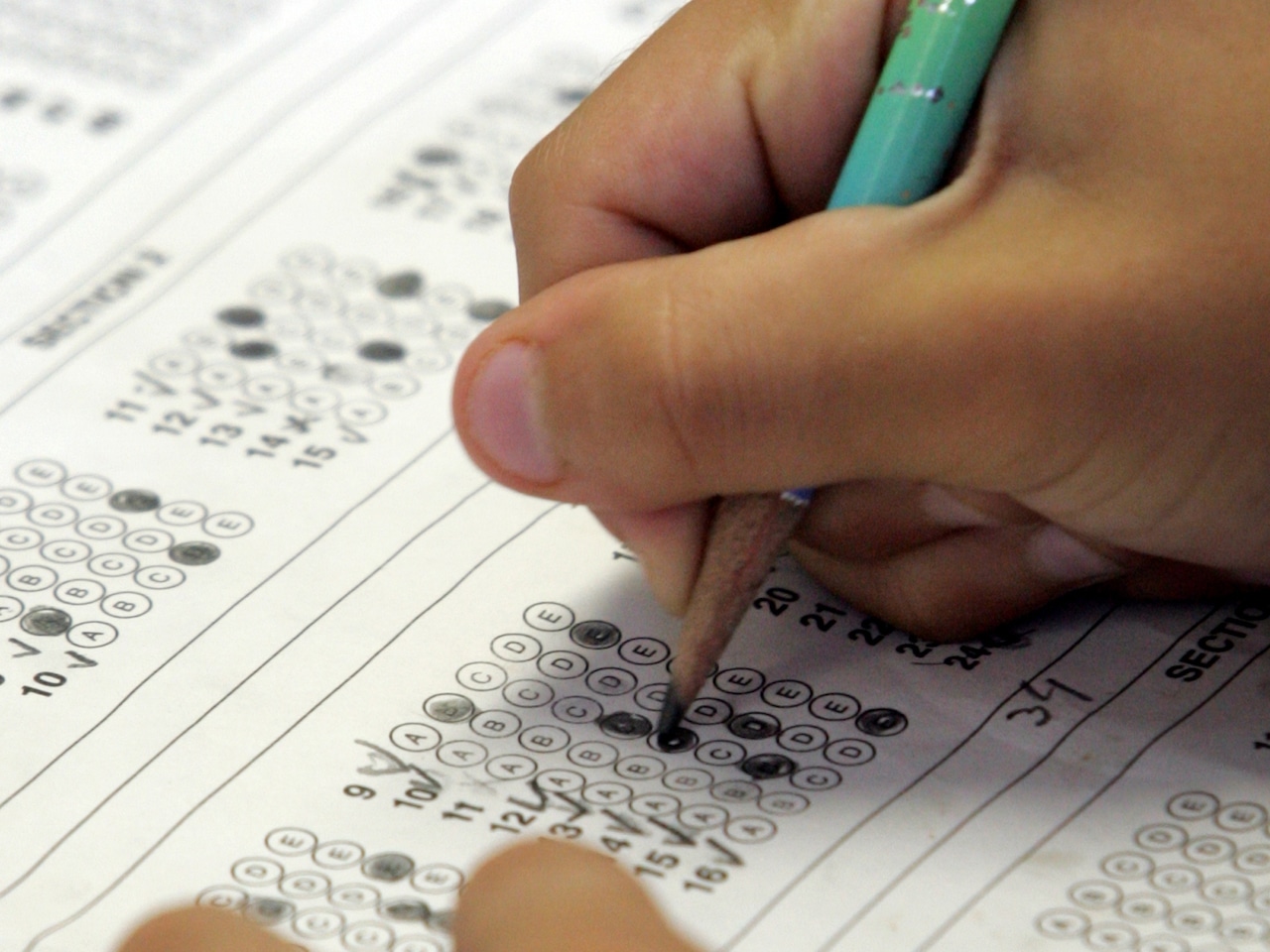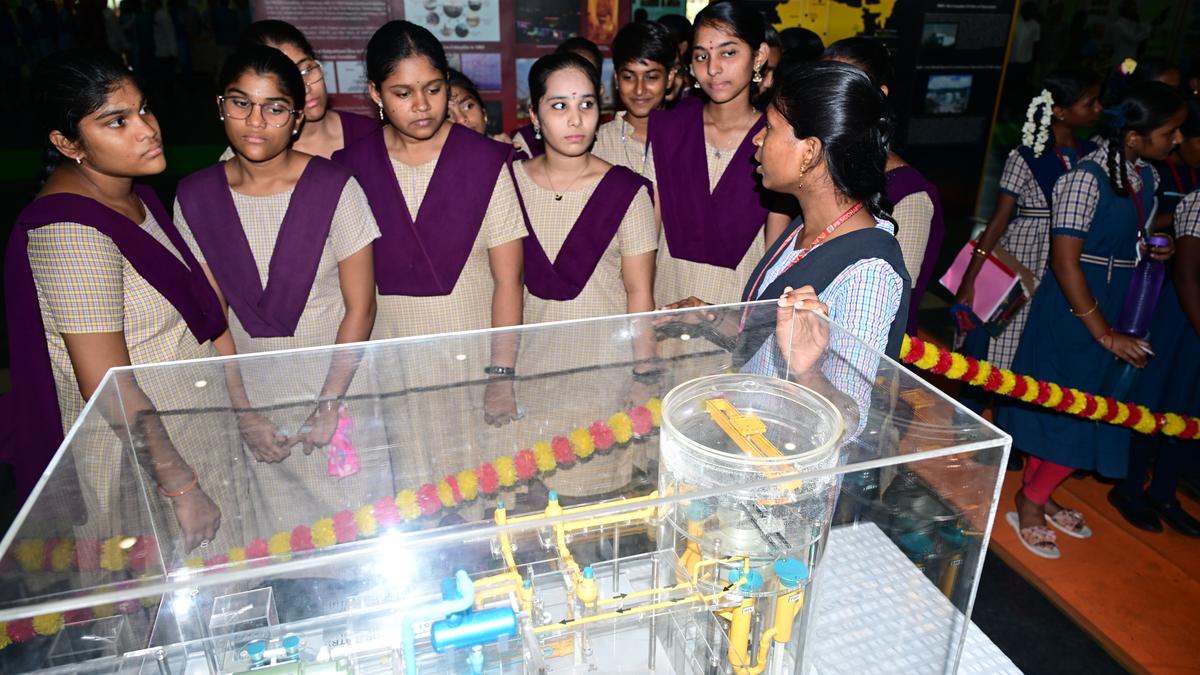
COLUMBUS, Ohio — Two storylines will emerge from Monday’s planned release of state report cards: Whether CMSD can achieve a second year of meeting state standards and if English scores are improving now that the state mandates the science of reading.
Last year, the Cleveland Metropolitan School District received a rating of meeting state standards. It was the first time the district has achieved the standards since Ohio began evaluating districts decades ago.
The science of reading is an approach to literacy instruction – championed by Gov. Mike DeWine and lawmakers and mandated under state law – that emphasizes phonics and vocabulary.
State law requires the Ohio Department of Education and Workforce to make public the report cards by Sept. 15 each year. A DEW spokeswoman said the report cards will come out on Monday at https://reportcard.education.ohio.gov/. Cleveland.com | The Plain Dealer will provide coverage.
The charter schools, traditional public schools and districts are rated on a score of one to five stars, in half-star increments. A school or district needs at least three stars to meet state standards.
The report card ratings are mostly based on performance on Ohio’s State Tests, the standardized tests students took last spring in math and English language arts. On an individual level, schools send reports to parents that show how their children performed.
Rather than solely focusing on students’ raw scores, state officials dice the data into dozens of different ways to come to a final score. Did students in a particular building show growth in proficiency compared to last year? How did students of different racial and ethnic groups perform? How are English language learners doing? How about gifted students?
Education observers will continue to watch for whether students have climbed back to pre-pandemic levels.
Last year’s scores showed students had almost returned to pre-pandemic levels in English language arts but still lagged in math, noted Aaron Churchill, the Ohio research director for the Thomas B. Fordham Institute, a charter school sponsor and education think tank.
“We’re still not at pre-pandemic levels according to last year’s data in math,” he said. “There’s a lot of learning loss in that subject in particular.”
Christina Collins, a former member of the Ohio State Board of Education and executive director of Honesty for Ohio Education, said it’s important for families to have perspective when looking at the report card data.
Many factors can affect testing performance, she said. Sometimes a kid just has a bad day when they’re taking the test, or didn’t come to school having had breakfast, among numerous other reasons.
Collins noted that while school choice advocates tend to criticize low-performing schools when the report cards come out, “we don’t have these kinds of measures for private schools.”
Private schools must give standardized test results to students whose families accept taxpayer-funded scholarships, but students don’t have to take Ohio’s State Tests. They have 45 different alternative assessments they can choose from, making a comparison of public and private schools impossible.
The state will post private school report cards in February.
Components of report card
The star ranking system is based on the following components, according to a guide DEW wrote ahead of the report card release:
25% on achievement/performance index: This component relies on the performance level for students from Grade 3 through Grade 12. The state assigns each grade and subject an achievement level. Those with higher achievement levels receive larger weights in the calculation.
25% on progress/growth: This component requires the state to implement a statistical analysis to measure the impact of districts, schools and teachers on academic growth year to year. For the report cards coming out Monday, each academic year from the 2022-2023 school year will be factored into the final score.
12.5% on early literacy: This measure calculates third-grade reading proficiency on Ohio’s State Tests, rates of promotion to the fourth grade, and an evaluation of two consecutive years of kindergarten through third-grade literacy data on how well schools and districts are helping struggling readers get on track.
12.5% on gap closing: This looks at graduation rates, absenteeism and performance and progress/growth of math and English for students of different racial and ethnic groups, low-income students and English learners. It considers performance of gifted students and the services available to them.
12.5% on graduation rates: This component looks at the rate of graduation for the class of 2024 who finished in four years and five years.
12.5% on College, Career, Workforce, Military Readiness: This is a new component. Last year it was displayed on report cards for the first time but didn’t count. Now it does. It measures the readiness of a graduating class for their next professional steps by looking at 11 outside measurements that include military enlistments, apprenticeships, and the rate of students receiving a remediation-free score on the ACT or SAT.
Collins, the former state school board member, said there needs to be a way to measure whether the schools are educating students properly for their next phases in life. But a score on an ACT exam taken in the 11th grade doesn’t necessarily mean a high school graduate is unqualified for college.
“The measures and the stakes that come with the outcomes, therein lies the problem,” she said. “When something becomes high stakes, that’s when practices are put in place to push kids in directions for the sake of an indicator.”
Cleveland’s performance
Last year, CMSD received three stars overall, meeting state standards for the first time in the decades the state has put out report cards. Columbus and Cincinnati schools did not meet state standards in 2024.
Stories by Laura Hancock
Ohio’s courts have slashed their pandemic backlogs by more than half in some divisionsSep. 11, 2025, 3:00p.m.
What to know about SB 1, Ohio’s new law forcing colleges to eliminate programs Sep. 10, 2025, 3:06p.m.
Property tax reform tops the agenda as lawmakers return to the statehouse: Capitol LetterSep. 9, 2025, 8:00a.m.
Tri-C to chop 30 associate degree programs, the latest to cite new state law Sep. 8, 2025, 11:44a.m.
Warren Morgan, the district’s CEO, said in a call with reporters when last year’s report cards came out that the district made most improvement on the gap closing, with eight of nine subgroups showing improvement in math and seven showing improvements in English.
“Every school has a goal and every school is leaning into their goals,” he said at the time.
It remains to be seen if CMSD will continue to meet state standards.
District officials are also waiting for the overall rating.
“We’re waiting like everyone for the official word on Monday about the star ratings,” CMSD spokesman Jon Benedict said. “What we do know is that we made academic gains in all of the tested areas.”
Science of reading
The 2024-2025 school year was the first in which districts and schools were prohibited from using core curriculum, instructional materials and intervention programs that aligned with the three-cueing approach in prekindergarten through grade 5.
Also known as “balanced literacy” or “whole language” three-cueing teaches kids to read based on a text’s meaning, visual cues and syntax elements like subject-verb agreement.
Instead, educators are now required to teach under the science of reading approach, which includes the concepts of phonics, vocabulary, comprehension and word recognition.
In 2023, state lawmakers provided $164 million to help local school districts buy new textbooks, pay for teacher training for educators of all grades and subject areas, and provide 80 literacy coaches, who assist teachers and schools across the state.
Will this year’s test results may provide an indication of how well the new approach is working?
“Obviously, it’s still early for the initiative,” said Churchill of the Fordham Institute. “So, it’ll be interesting to see, if 3rd-grade achievement moves upward.”



